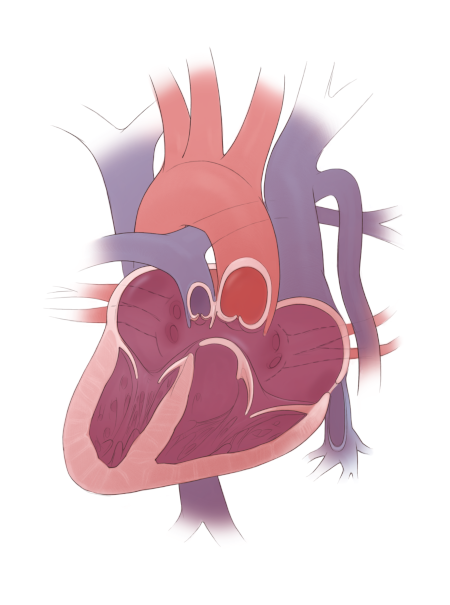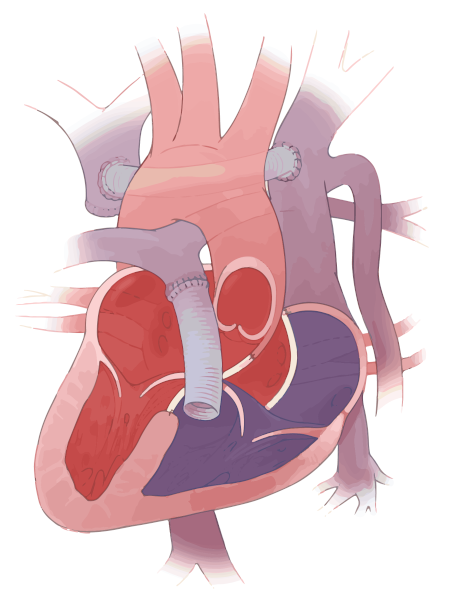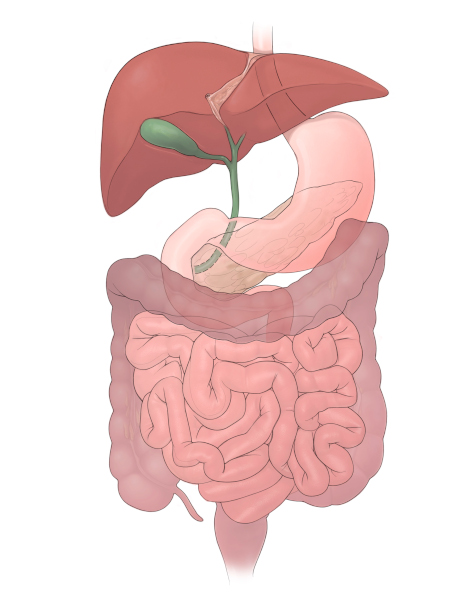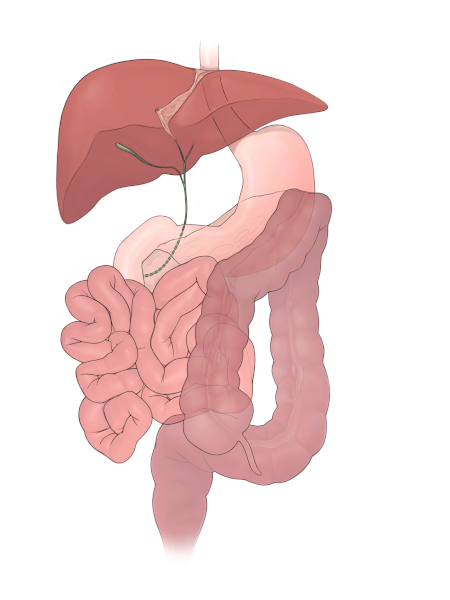Primary ciliary dyskinesia (PCD) is a disorder of the cilia that line the entire respiratory tract, including the middle ear, sinuses, airway, and lungs, as seen in this illustration.
Check out our downloadable pamphlet for a summary about heterotaxy syndrome. It provides details about the diagnosis, testing, treatment at Boston Children’s, and more.


















